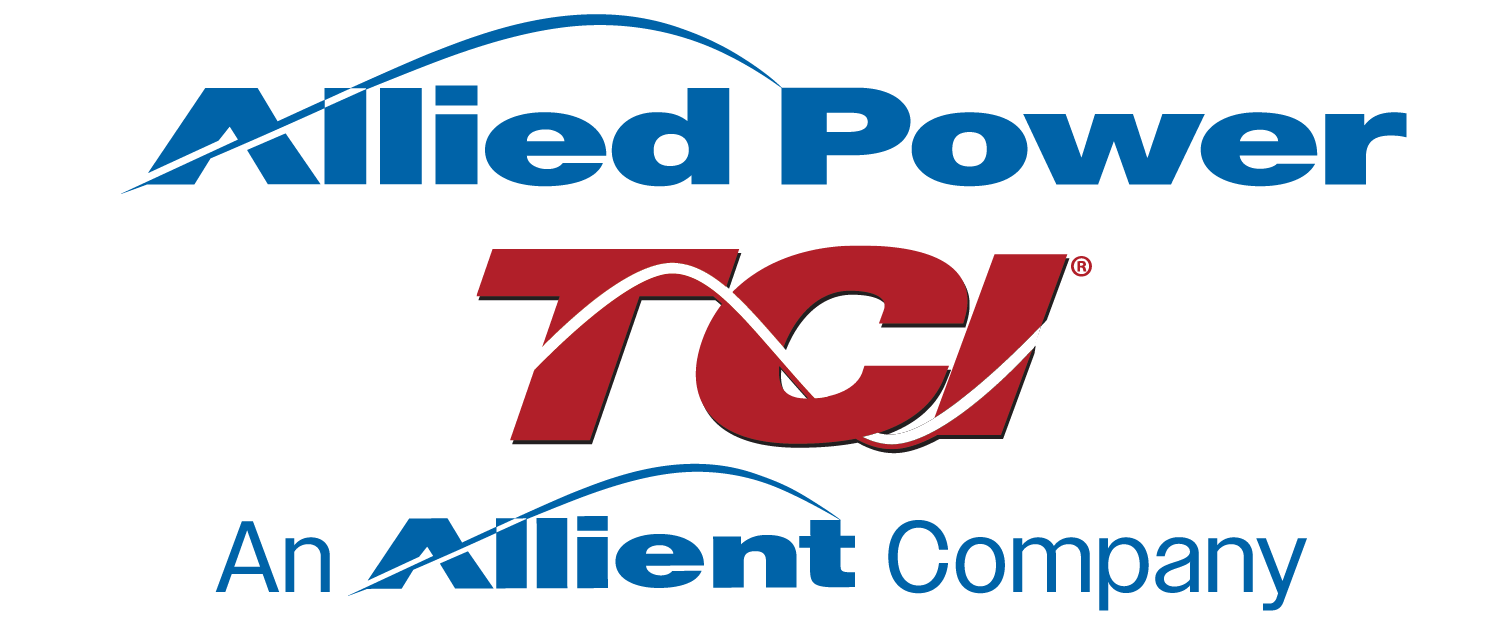Reactors can protect both motors and variable frequency drives (VFDs) from harmful current and voltage spikes. Reactors also help reduce power line distortion, known as harmonics, by adding impedance to the power system.
What are Reactors? VFD Protection and Harmonic Mitigation
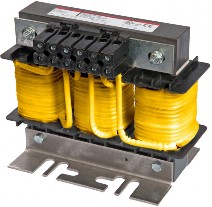
Quite simply, a 3-phase line reactor is an inductor wired in series between two points in a power system. Reactors are simple electromagnetic devices, some- times referred to as inductors. They consist of a steel core which is constructed of electrical grade steel laminations, and copper wound coils on each leg of a three-phase device. Each leg and coil represents a phase of a three-phase device and is simply wired in series with the variable frequency drive (VFD).
The line reactor provides additional circuit inductance. That inductance is used to derive the line resistance. Impedance is most accurately defined as resistance in ohms but is commonly referenced in terms of percent when combined with the system voltage and line current flowing through the reactor.
That percentage then becomes the common term used to define the level of impedance for each rating of line reactor. That impedance functions to slow the rate of current changes in the line. The greater the current through the reactor, the greater the percentage of applied impedance will be. If a reactor is said to have an impedance rating of 3% or 5%, that means the reactor will apply that specified percent of impedance when the current flowing through the reactor is at the rated current of the device. As the current decreases below the full load current rating of the reactor, the percentage of applied impedance will also decrease proportionately. With that in mind, it is important to avoid oversizing the line reactor for the load current of the application.
When applied to the input side of a variable frequency drive, the applied impedance of the reactor will work to soften and slow down incoming line voltage distortion such as spikes and surges. This will aid in prevent- ing drive over-voltage faults and damage to the drive input components when line voltage deviations occur. Line disturbances are common on power systems with power factor correction capacitors coming on and offline as well as the fluctuation of high current loads.
Reactors also function to mitigate harmonic currents being drawn by the drive and help block background incoming line voltage harmonics which may hinder the operation of a variable frequency drive. In almost all drive applications, the addition of an input AC line reactor is a low-cost solution for drive protection and harmonic mitigation. See Figures A and B.
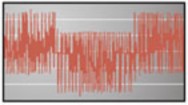
Figure A: Waveform Before Filter
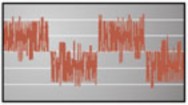
Figure B: Waveform After Filter
Motor Protection
A reactor can also be placed on the load side of a VFD to help protect motors by acting as a useful buffer between the drive and motor. A standard Pulse Width Modulated (PWM) drive produces a square wave power supply to the electric motor. That modulated square waveform has sharp edges on the waveform transitions.
Using modern output transistors, the drive will simulate a usable waveform modulated at very fast speeds to vary the speed of the electric motor. That fast switching speed creates a problem for the motor, addressed as dv/dt, or the rise time and magnitude of the voltage on the edge of the cycle transitions. Those fast waveform pulses create the voltage distortion and spikes that can cause damage to the motor’s insulation system and shorten the motor’s service life. While inverter duty motors are designed to tolerate this condition, even the best insulation system will operate better and longer if the distortion is kept to a minimum. The design inductance of the line reactor will act to soften those sharp edges and slow down the distortion as the voltage is provided to the motor.
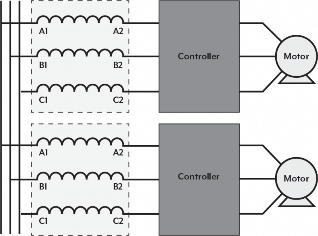
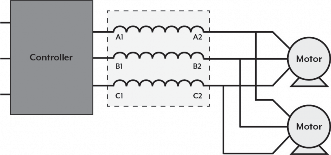
Figure 1: Line Reactor Schematic
Figure 2: Load Reactor Schematic
Conclusions
Line applied reactors help to stabilize the current waveform and act as an impedance between the power source and VFD. That impedance will both protect the input section of the VFD and reduce the harmonic current drawn from the power system by the drive.
Load applied reactors provide a buffer in between the VFD and the motor to temper the waveform and reduce the voltage stress on the motor. By conditioning the waveform into a more suitable profile, the motor, and lead cable will operate cooler, thus put- ting less stress on the current-carrying components of the drive application.
